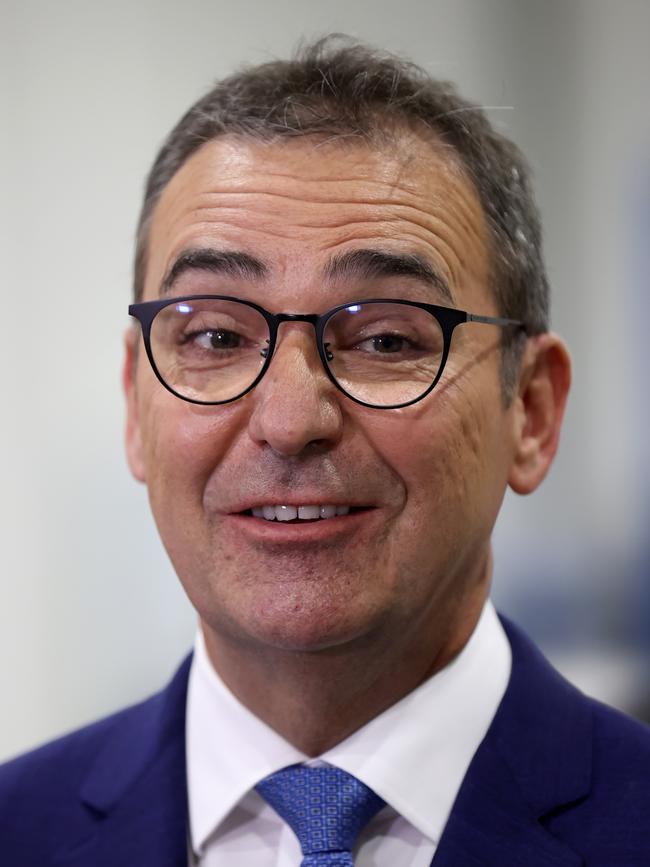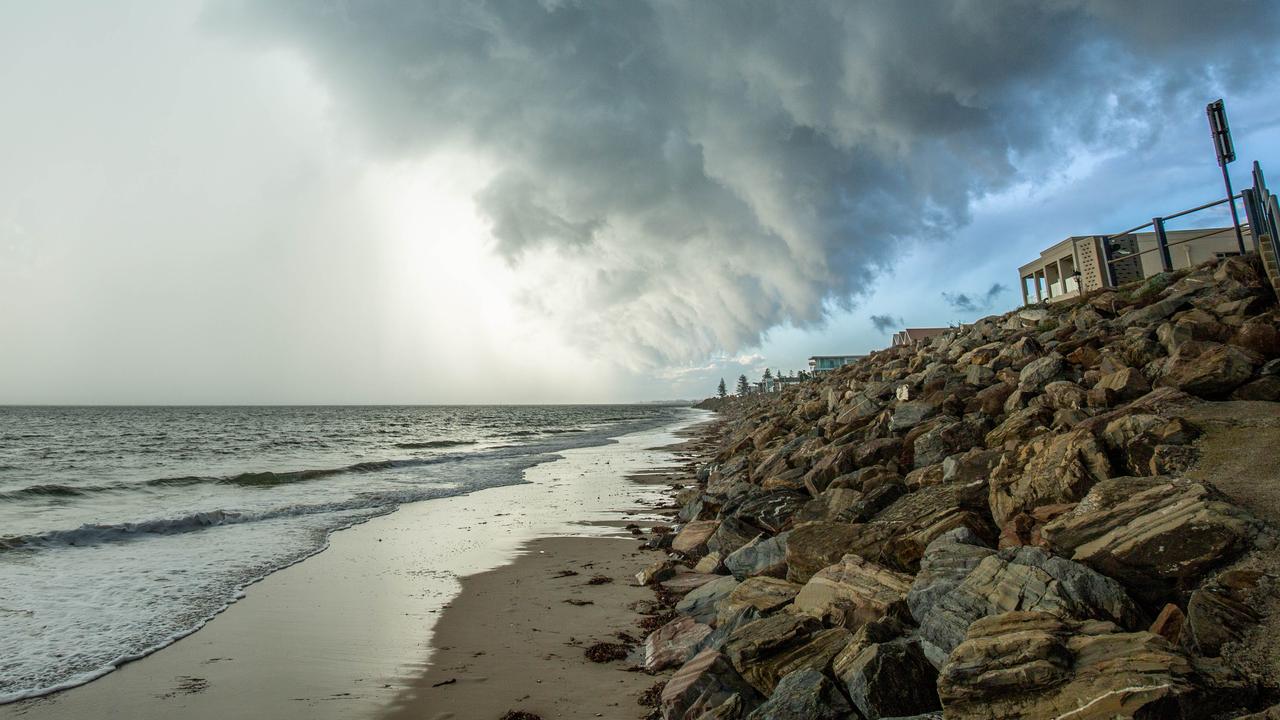ABS figures reveal more people coming than going in South Australia
In a year fraught with challenges, there has at least been some positive movement on one of SA’s biggest head-scratchers.

SA News
Don't miss out on the headlines from SA News. Followed categories will be added to My News.
South Australia’s brain drain has reversed for the first time in almost 20 years, new figures show.
On the same day SA recorded the lowest unemployment rate of any state in the nation for the first time in a decade, new ABS figures for the June quarter showed more people from interstate moved here than left for other states.
It is the first time it has happened since September 2002 and only the second time since 1992.
Property Council of Australia SA executive director Daniel Gannon said the figures completed a hat-trick of promising news for the state’s economy.
“The state’s jobless rate has dropped, business confidence has skyrocketed and population growth is strengthening,” Mr Gannon said.
“SA’s response to COVID-19 has set domestic and global blueprints, and we’re starting to reap economic rewards as a result.”

The new ABS figures showed that, in the three months to June, SA added 1088 people to the population via “natural increase” – the difference between the number of people born compared to the number of people who have died.
A further 104 were added through net interstate migration – compared to the same period in 2019, when a net 912 people were lost.
The number of overseas arrivals plummeted due to coronavirus, with only a net 82 people arriving compared to 6142 that had arrived in the March quarter before the pandemic. The state’s population in June was 1,769,300 – growing at .9 per cent.
The state’s seasonally adjusted unemployment rate also dropped by .8 per cent between October and November to 6.2 per cent.
The national figure is 6.8 per cent. It is the lowest level in more than a year and, for the first time in more than a decade, the lowest in the nation.

Premier Steven Marshall attributed the brain drain reversal to more local opportunities in the defence, space and creative sectors.
“Finally ending the brain drain was a great result in the midst of a very challenging year,” Mr Marshall said.
“The transformation of South Australia’s economy through growth in the defence, space and creative industries is enabling more of our best and brightest to live and work here.”
He expected it to improve further in a post-lockdown environment, where young people prefer to stay in SA, rather than travelling to the eastern seaboard.
SA lost 900 jobs over October and November, while 10,000 fewer people looked for work, but Skills Minister David Pisoni said the 6.2 per cent rate showed growing confidence in the state economy. Mr Pisoni said 44,500 more South Australians had jobs than during “the first shock of COVID-19 in May”.
But last month there were 3900 fewer people in jobs than in March.
The Opposition said the drop in the headline unemployment figure was because not as many were looking for work.
“The combination of JobKeeper reducing further in the new year, and the massive hit to our export industries from the China tariffs, means further pain for workers and the state’s economy in the new year,”
Labor’s treasury spokesman Stephen Mullighan said.
The figures came as the Federal Government released its mid-year Budget update, which had a $300m improvement in estimated GST take for 2020-21 SA.
That reduced the previous writedown in forecast GST revenue from $1.3bn to $1bn.


